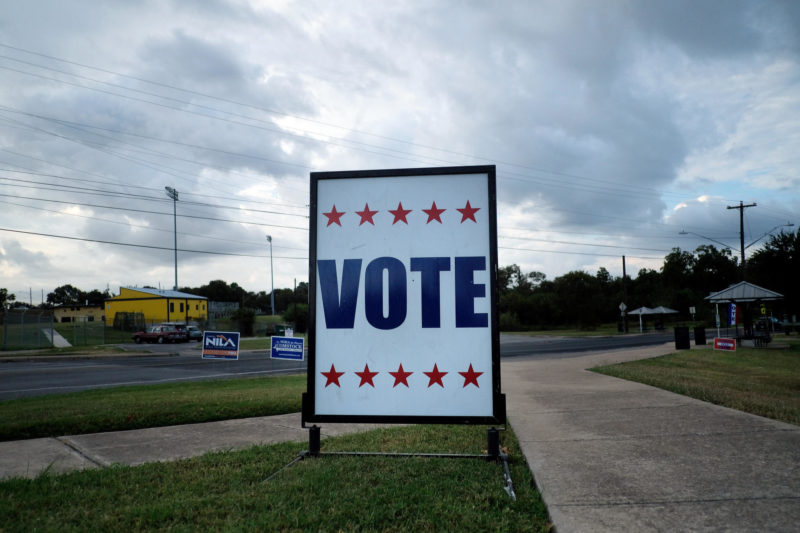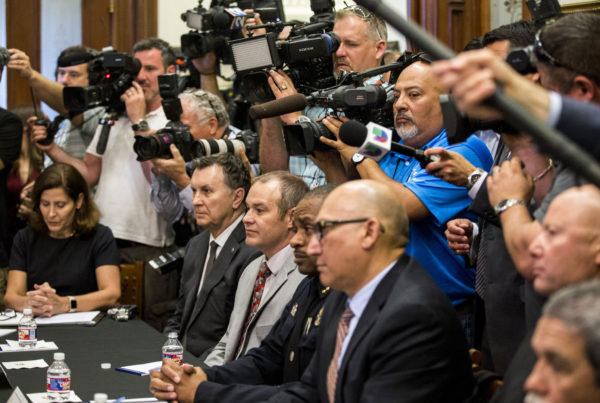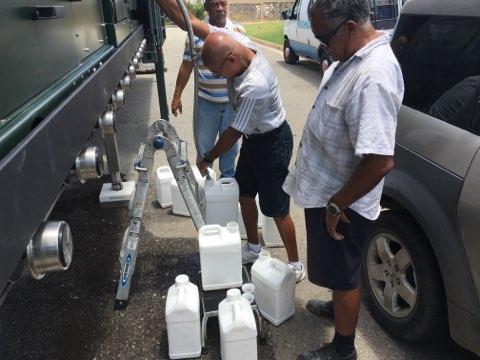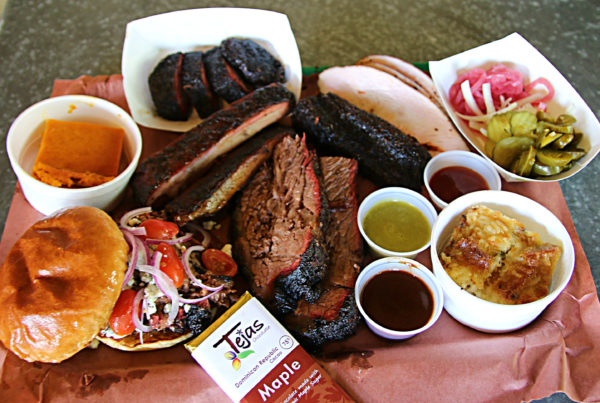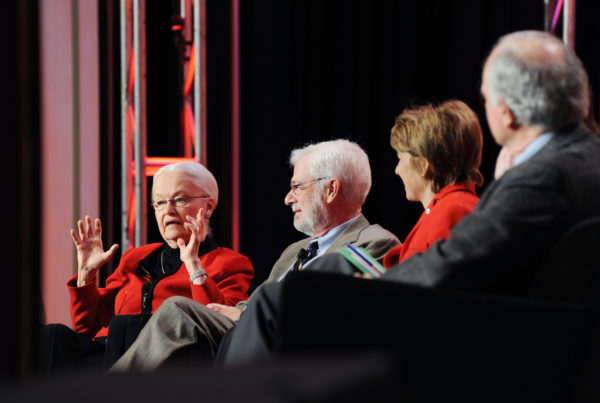If you didn’t vote in this week’s primary runoff elections, you’re hardly alone. In fact, you are in the vast majority. According to the Texas Election Source, fewer than 1 million ballots were cast in both parties’ primary runoffs. For the Democrats, it was the lowest primary runoff turnout with a governor’s race on the ballot in almost a century. The Texas Election Source reports the Republicans actually had one of the highest turnouts for a runoff election year, but the percentage of voter participation was still just around 3 percent.
Do we need to rethink primary runoffs? Texas is one of only 10 states that have them.
Sherri Greenberg, a professor at the University of Texas at Austin’s LBJ School of Public Affairs says voter turnout in the U.S. is low, when compared to other nations. But in Texas, it’s worse.
“It pains me to say that Texas, year after year, is one of the lowest states as far as turnout,” Greenberg says. “We typically rank in the bottom five. During the last presidential election we were ranked in the bottom five for the third consecutive presidential election.”
Greenberg says that gerrymandering plays a role in low turnout. Legislators draw districts for themselves and for the U.S. House, and they do so in a way that benefits incumbents.
“If you feel that, for instance, only the Democrats can win, or only the Republican can win, that’s going to depress voter turnout,” she says.
Demographics play a role, too. Greenberg says Texas is a young state, with one-third of Hispanic Texans not of voting age. On the other end of the age spectrum, people over 65 years of age vote in high numbers.
Greenberg says one way to change up runoff voting could be to look at the California model, where candidates of all parties compete in a single primary, with the top two going to a runoff, should no one candidate reach 50 percent of the vote.
Written by Shelly Brisbin.


